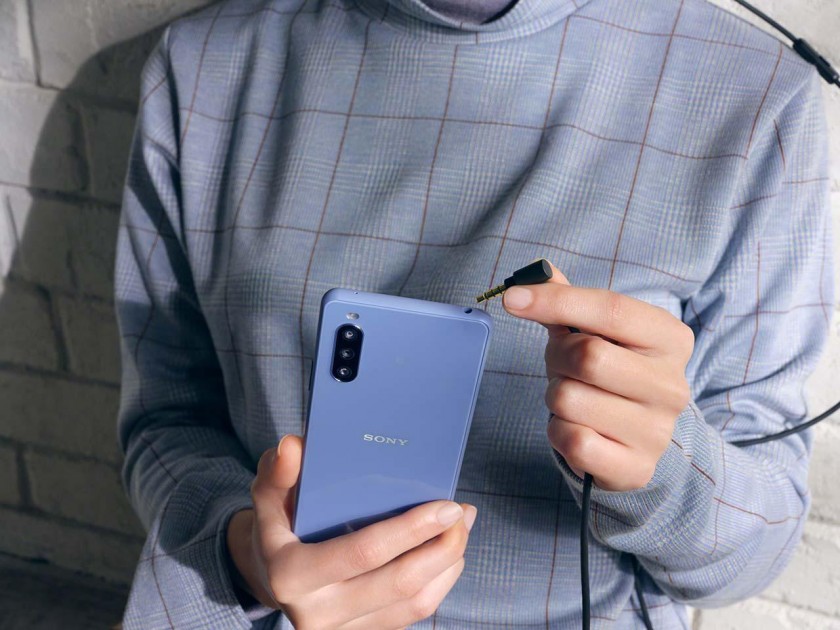In Myanmar six years ago, there was still a hope that the future would be peaceful and liberal. The photographer Jana Sophia Nolle was there in 2015, when the opposition Democratic Party won the election. Her photographs are imbued with a feeling of confidence and optimism, of transformation and change. Today, however, the transient mood of her series speaks of a lost moment in history.
The situation in Myanmar has deteriorated terribly, since February this year. How do you feel about that?
I’m deeply shocked and angry. The brutal violence of the military junta and the police represents a catastrophic step backwards for the country, and the population is traumatised, once again. Even though the last time I was in Myanmar was five years ago, I’m still in touch with friends and acquaintances there – former election observers, colleagues and locals. I am very affected by the media reports; but, above all, by my friends’ personal accounts concerning this emergency situation. The military coup is going to set the country back considerably: politically, economically and socially. I think that the military coup is symbolic of all the conflicts that were smouldering in the former Burma, and that have never yet been healed.
The prevailing mood back when you took the pictures was very different…
Five years ago there was a very tangible feeling of hope – hope of more freedom and peace. After the 2015 election, and the historic victory of the National League for Democracy (NLD) – the opposition party headed by Daw Aung San Suu Kyi –, Myanmar began to take cautious steps towards a so-called ‘guided’ democracy. The country was in a historic process of transformation. I remember the time before the election, the weeks of campaigning before election day. Young people in particular were mobilised. There was an intense feeling of optimism.
You travelled there as an election observer in 2014. How did that come about?
In addition to studying Photography at the Ostkreuz School of Photography in Berlin, from 2015 to 2018, I also studied Political Sciences and Peace and Conflict Research. After getting my Master’s at the SOAS University London in 2012, I first got a job in Nepal, as an international election observer for the Carter Center. The Carter Center is one of the international organisations that is allowed to send in international election observers. Then, in 2014, they offered a small team of us the chance to help build up the Carter Center in Myanmar, and to prepare one of the first election observer missions in that country. I was there for a total of roughly twelve months, from November, 2014 to December, 2015.
Your Present and Past series reveals the democratic developments in the country at the time; but you avoided the kind of symbols typical for a “freedom movement”.
I was looking for moments that were representative of Burma’s fragile passage from a military dictatorship into a disciplined democracy, with its focus on the people living through this time of historic transformation. The series shows my observations of the people who, actively or passively, helped bring about these social, cultural and political changes: as simple voters and citizens of the country; as activists, politicians or religious representatives. I often looked for images that did not contain the typical and recognisable elements of a ‘revolution’. These are not obvious pictures that represent the ‘revolution’ or the ‘struggle for change’, but rather ones that capture a subtle sense of a past that is slowly disappearing, giving way to a new, as yet unknown and undefined, present and future.
How did you connect with the people?
My team and I spent months travelling through larger cities and villages, some of which were inaccessible to tourists at the time. In my position as an election observer, I had to speak with and hold specific interviews with a diversity of actors within the local society as a whole. Through this, and simply because of living there, I developed many relationships and contacts. I interviewed a multitude of people, and I looked for photographic themes and motifs that aligned with my areas of interest: freedom, state monitoring, people caught between the old and the new system, and the fresh self-confidence of the youth.
Until recently, your series represented signs of hope, signs of awakening. What meaning do your pictures have today?
Nowadays, my pictures are part of Myanmar’s history. They show a historic moment, a political change in the country. They are my subjective observations, seen and captured in pictures, from the perspective and position of a German election observer and photographer. I see them as documents and visual testimonies of a specific time; as images that could point towards a possible overall social change. They are pictures that have captured a transient mood. Much seemed possible at the time; yet, it was very unsure, because it was unclear how much the military junta was really prepared to give up its power. My perspective and, consequently, these pictures, were influenced and shaped by my own hope for significant social change in Myanmar. Today, I would find a different picture there.
Jana Sophia Nolle, was born in 1986, and lives and works in Berlin. She received her MSc from SOAS University London and is a graduate of the renowned Ostkreuz School of Photography in Berlin. Her approach is multi-disciplinary: she works with conceptual photography, video and installation. Nolle’s work has appeared in international solo and group exhibitions; most recently, at the Torrance Art Museum in Los Angeles, the Santo Tirso International Museum of Contemporary Sculpture, UNSEEN Amsterdam, and at the Catharine Clark Gallery in San Francisco. In addition to her work as a visual artist, Nolle works as an international elections observer. Most recently, she has lived and worked in Nepal, Myanmar, Belarus, Albania and Ukraine. Find out more about her photography on her website and Instagram channel.
Leica M
The Leica. Yesterday. Today. Tomorrow.











